Beyond kalamansi, what other native citrus fruits can you name? The Philippine archipelago is abundantly blessed with fruits, and the citrus department abounds with them. Varying in size, scent, and flavor—from sour to sweet to bitter—these fruits have long been used by Filipinos to add zest and zing to dishes.
In this edition of Food Almanac, we have gathered some native citrus fruits that are both common and uncommon—the stuff of sour yet sweet memories for Filipinos.
Biasong
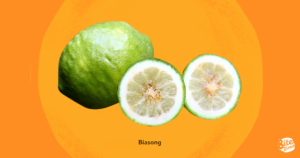
Scientific name: Citrus hystrix var. micrantha
Appearance: Oblong-like, with a size of about 5-7 cm long and a diameter of about 3-4 cm (Wester, 1915). Skin is rather thick, with a surface that is fairly smooth or corrugated. Color is green to lemon yellow.
Taste profile: Sour, but less acidic than kalamansi (Lokalpedia, 2023)
What is it used for in cooking: In Northern Mindanao and Central Visayas, where it grows abundantly in the wild, its juice is used as a souring agent for kinilaw.
Kalamansi
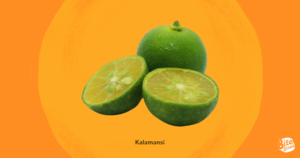
Scientific name: Citrus microcarpa and Citrofortunella mitis
Appearance: Small and round, with a diameter of about 2-4.5 cm. (Department of Agriculture, n.d.). Color is green to yellow-green.
Taste profile: Sour
What is it used for in cooking: Preëminent food writer Doreen Fernandez (1997) said that “[the kalamansi] plays a giant role in Philippine cuisine . . . it ‘is so Pinoy.’ ” It is used as a condiment, squeezed fresh over pansit, arroz caldo, sisig, and is a key component to countless sawsawan (dipping sauces). It is also squeezed over raw fish, shellfish, and crustaceans, for its juice to “cook” the flesh in acid — a process known as kilaw. Also used in marinades, often with soy sauce, such as in bistek, inasal, and barbecue.
Its juice is added to hot and iced teas, to chilled juices and punches. That and its rind are also used to flavor desserts, such as leche flan and cakes, and are made into syrup, curd, and marmalade.
In 1997, Fernandez recorded a kalamansi dessert made by the late Esmeralda Perez from Pagsanjan, Laguna, wherein the fruit is stuffed with nata de coco and preserved in syrup. Today, it is still being made by her daughter Nina Perez-Velaso.
Kano
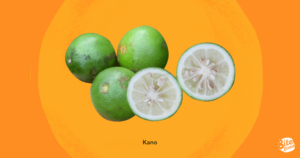
Scientific name: Not yet determined
Appearance: Round, with a smooth skin and thick rind.
Taste profile: Sour
What is it used for in cooking: According to food heritage advocate John Sherwin Felix (2023), the founder of Lokalpedia, kano is used in Palawan cookery as a souring agent for dishes. Its juice is also used to impart fragrance and tartness to fermented fish.
Kahel/Dalandan
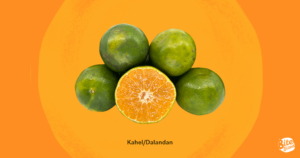
Scientific name: Citrus aurantium
Appearance: Round and green, with a tight, pore-marked skin that easily peels off. Its pulp is bright orange.
Taste profile: Bittersweet and tart
What is it used for in cooking: Also called bitter orange and Seville orange, dalandan is eaten fresh, usually as a snack or dessert. Its juice is also made into refreshing chilled drinks.
Dalanghita
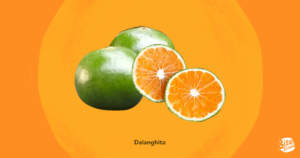
Scientific name: Citrus nobilis and Citrus reticulata Blanco
Appearance: Smaller than dalandan, with a loose, smooth skin that easily peels off. Its pulp is also bright orange.
Taste profile: Sweet and tart
What is it used for in cooking: Also known as tangerine orange, dalanghita is eaten fresh. Its juice is also made into chilled drinks and shakes.
Dayap
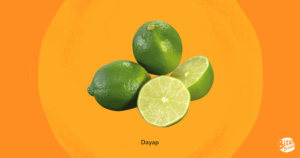
Scientific name: Citrus aurantifolia
Appearance: Smallish and green, with smooth and thin skin. Its pulp’s color is a light, translucent green.
Taste profile: Sour and slightly sweet
What is it used for in cooking: Dayap is used predominantly in Filipino sweets, its rind lending a subtle fragrance to desserts such as leche flan, macapuno, and tibok-tibok. In San Miguel, Bulacan, the fruit is hollowed out until only the rind is left; it is then painstakingly carved with intricate patterns by an artisan, soaked in water for three days, then boiled and preserved in syrup (Corpuz, 2020). This tradition is called “pagbuburda” (literally meaning “embroidering”) and is a dying art today, with only a few artisans practicing the art.
Yet, dayap also has savory uses. In Pampanga, its juice is used to flavor the region’s longganisa called longganisa Sulipan, adding a citrusy accent to the Kapampangans’ pork sausages (Polistico, 2016).
Dukban
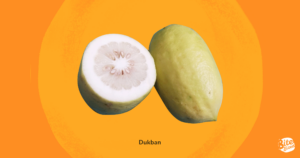
Scientific name: May be a hybrid of Citrus medica (pomelo) x C. maxima (citron)
Appearance: Dubbed by many as the “oversized lemon of Batanes,” it is oblong-like, with yellow-green to lemon yellow skin, and “has a thick rind that has a consistency like that of a young papaya fruit” (Madulid & Agoo, 2010).
Taste profile: Extremely sour and acidic
What is it used for in cooking: A fruit endemic to Batanes, the juice of dukban has long been used by the Ivatan people to flavor food. Its rind is also eaten raw and dipped in salt or pickled in vinegar.
Marinaut
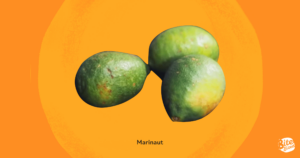
Scientific name: Not yet determined
Appearance: Oblong-like, with a yellow-green skin.
Taste profile: Sour
What is it used for in cooking: A native Maranao lemon, its juice is used as a souring agent in making kinilaw (Polistico, 2016). Its zest is also used to add a subtle fragrance to a dish called biaring, a Maranao side dish of mashed freshwater shrimps, luya tiduk (chili), and ginger.
Suha
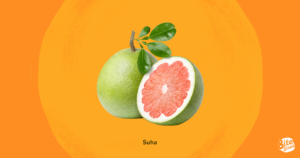
Scientific name: Citrus maxima
Appearance: The largest of all citrus fruits, it is round and can weigh from 0.5-1.4 kilos (Fernandez, 1997). Its rind is white, is very thick, and varies from smooth to bumpy. Its outer color is yellow-green to pale yellow. Its pulp’s color ranges from pale yellow to light pink to fiery red.
Taste profile: Very sweet and slightly bitter
What is it used for in cooking: Commonly known as pomelo, it is usually eaten fresh as a snack. Its pulp is also picked apart and added to salads to add a note of citrusy freshness. According to Fernandez (1997), in San Miguel, Bulacan, the peel is candied and turned into “a greenly translucent sweet,” or carved with intricate designs (“pagbuburda”) and preserved in syrup.
Follow us on Facebook, Instagram, Tiktok, and Youtube for foodie finds, re-imagined recipes, and easy eats that will take Pinoy bellies on an adventure!

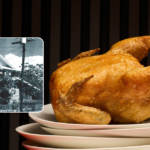


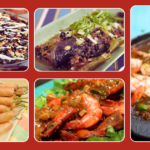
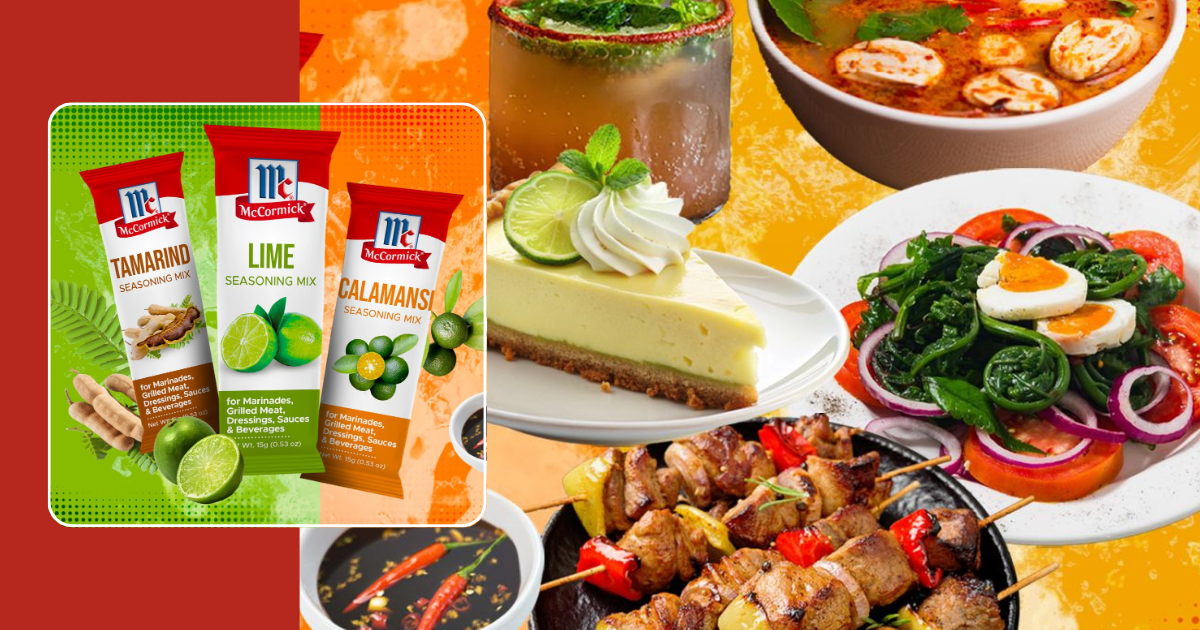
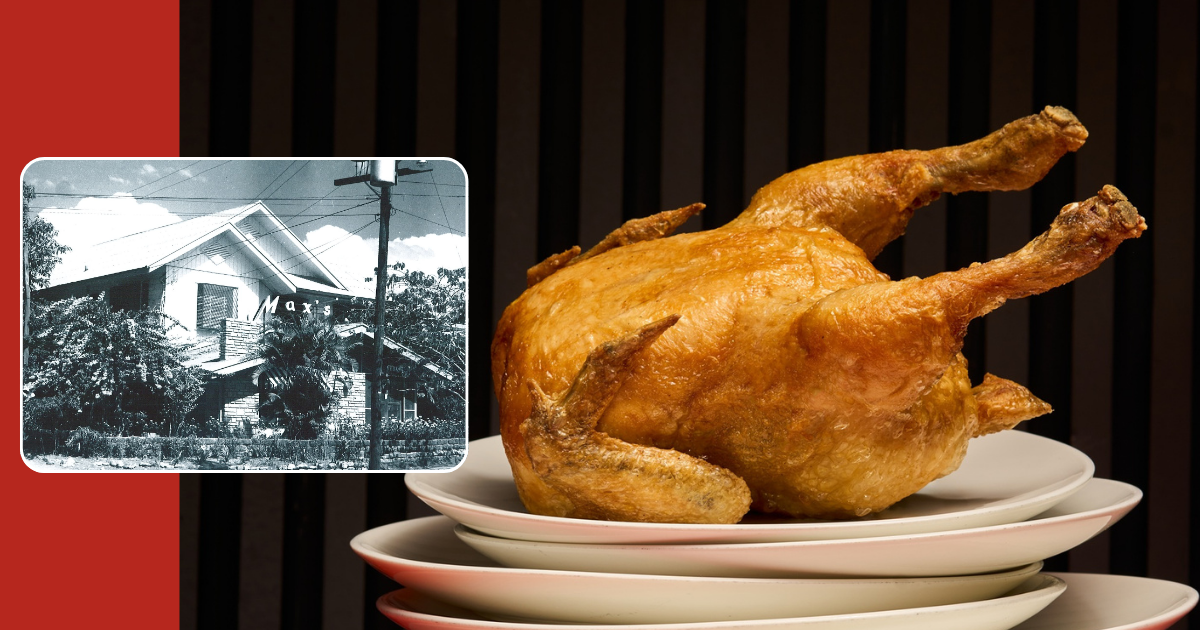
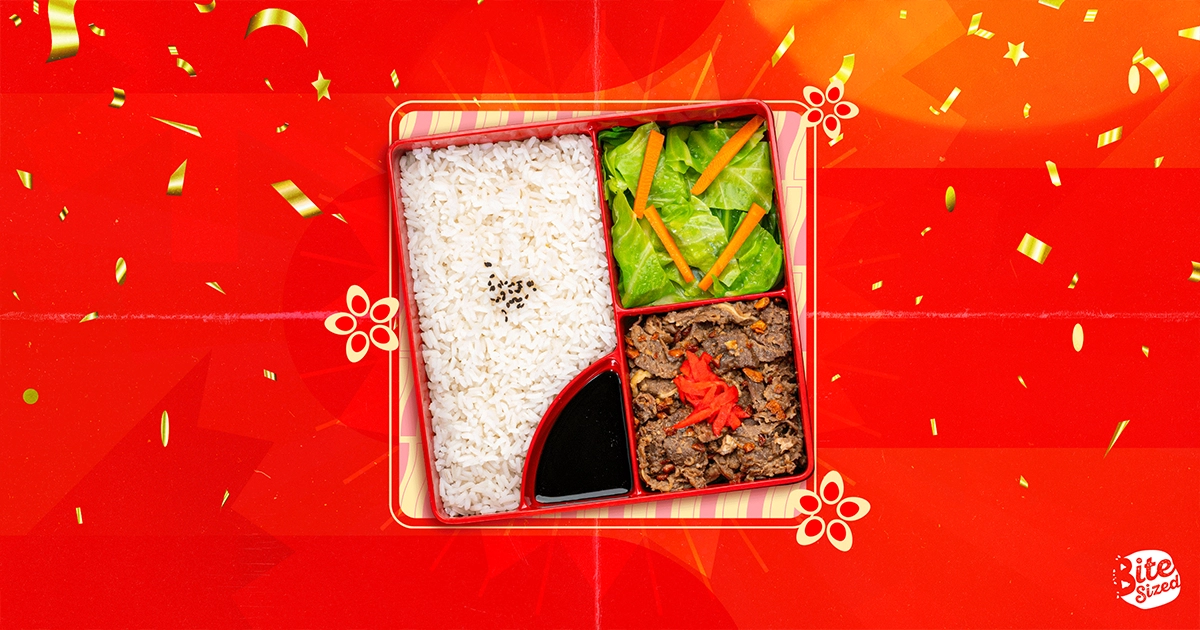
Leave a Reply